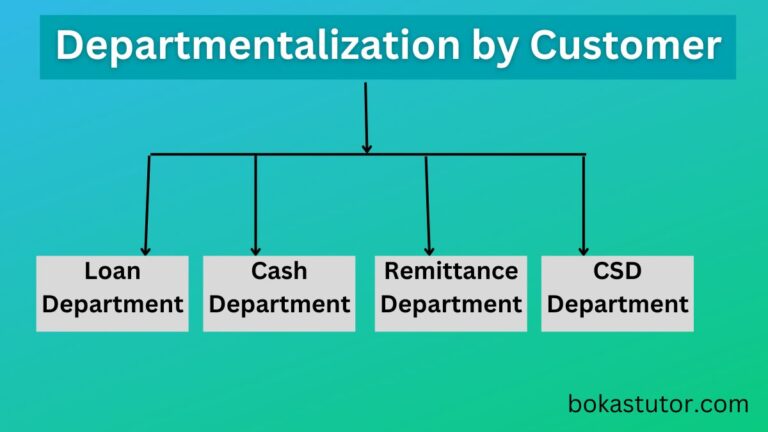Process of Delegation of Authority in the Workplace [Explained]
Process of Delegation of Authority
Delegation of authority is the process of dividing authority among subordinates. In this, the manager divides responsibility along with necessary authority among subordinates so as to make them execute the assigned tasks as expected.
A manager can not do all the activities himself and even when businesses expand it is impossible for a single manager to conduct all organizational activities. In such a situation, a desirable option for the manager is to get the work done through delegation.
Delegation reduces the manager’s workload and gives him enough time to look at other matters. When done effectively, the delegation provides benefits of increased performance and productivity.
However, despite its many advantages, delegation is not so easy and managers have to carefully step in. The following are the five fundamental steps that can be followed for effective delegation of authority.
Define The Result
The starting step in the process of authority delegation is defining the expected results i.e. standard output. Before delegating authority as a manager you should define the purpose and the expected results of the subordinate who will get the tasks.
When the objective of authority delegation is obvious, both the manager who is delegating authority and the employees to whom it has been granted are aware of what to do and what not to do. The most likely barrier to a delegation of authority can be overcome if both parties are made clear of any misunderstandings.
Related: Principles of Authority Delegation
Similarly, the expected i.e. standard output needs to be defined so that the performance appraisal, level of satisfaction from the job attainment, evaluation of employees, and continuation decision of delegation can be easier.
Employees can use the standard output as a benchmark to judge how well they are carrying out their responsibilities, assess their own performance, and make the necessary adjustments to achieve the standards.
Assignment of Duties to Subordinates
The manager has the last say in whether responsibility needs to be delegated, as well as to whom and how much. Therefore, the manager must first choose the task to be assigned and the team members to whom it will be given.
The manager divides up the tasks for delegation and gives particular responsibilities and tasks to particular employees. When delegating tasks and responsibilities, the manager must have a discussion with team members to ensure that they are aware of the tasks, the expected standard output, the extent of the work, and the standard of work that is required of them.
The manager decides on employees to delegate the assignment based on the subordinate’s qualifications, skills, experience, and capacity to perform. The main goal of this delegation stage is to give the right job responsibility to the right employee.
Assignment of Authority
After the assignment of duties and responsibilities, the next step in the delegation process is to assign them the necessary authority as it provides them the right to make decisions. The delegation will be of no meaning when authority is not delegated.
Related: Difference Between Authority and Responsibility
Thus, choosing the appropriate level of authority to assign along with responsibility is crucial. It is pretty well known that subordinates cannot do their tasks at the required level of productivity if they are given merely the assignment and no power. While the likelihood of abuse of power increases, if more authority is given than, is necessary to complete the duties.
Thus, responsibility and authority need to be balanced. It must be decided properly so that employees can complete their responsibilities to the best of their abilities within the boundaries of their power.
Acceptance of the Task
After the assignment of duties and authority, the delegation process reaches its final stage only when the employees accept the delegated authority.
At this stage, the employees can accept or reject the tasks. Since the delegation of authority is a formal process managers must consider the legitimate ways to ensure employees’ acceptance.
Forced acceptance, threatening, or other unethical means to create employee acceptance should be avoided and the acceptance should be on the basis of mutual consent between the manager and employees. And, once employees accept the responsibility assigned by the superior the next step is to create accountability.
Create Accountability
The last stage in the process of delegation of authority is to create accountability among employees who have accepted the delegated tasks. The effort is to make employees accountable for the work they have accepted and done.
Although the ultimate accountability remains to the authority delegator, this stage states that employees should also be accountable for the delegated tasks and the achievement or failure of doing them.
Accountability is the state or condition in which a person needs to be obligated to justify, answer, and accept the outcomes of the job. Normally, employees need to be accountable to their immediate supervisor in the scalar chain. The extent of the accountability will depend on the extent of the responsibility and authority delegated.
Read Next: Barriers in Delegation
Sajan Kushmi is a content writer with more than 4 years of experience. He holds BIM Degree. He write on the topics related to Management, Marketing, and Entrepreneurship.





